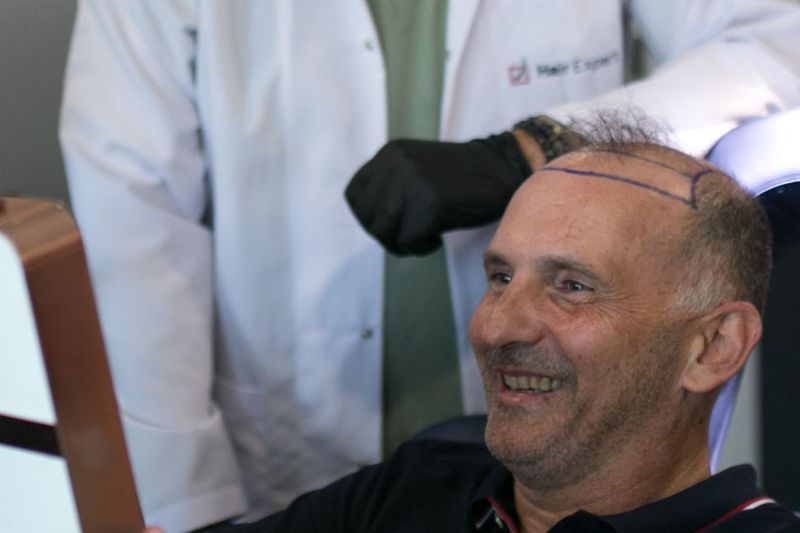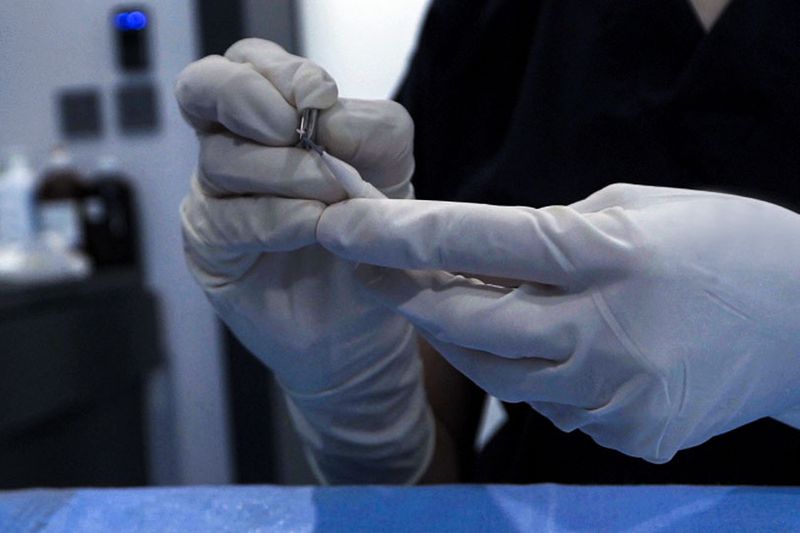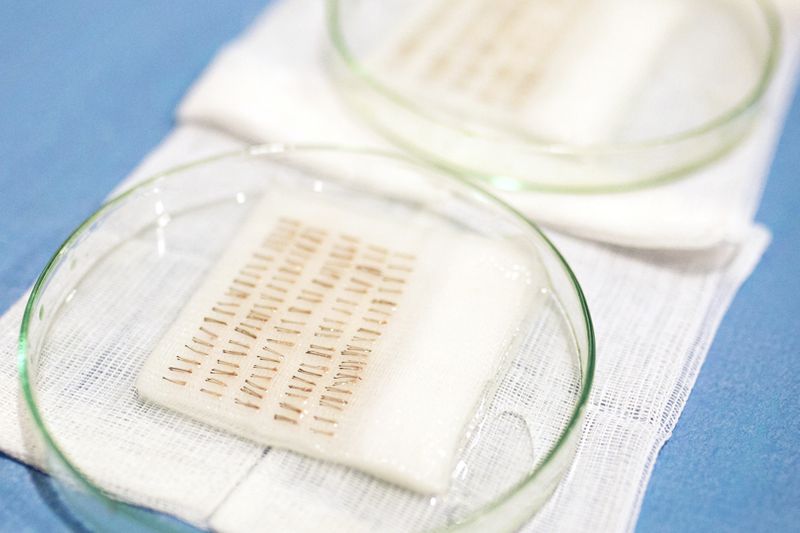How is the ideal number of grafts determined?
The first concern that patients wanting a hair transplant
procedure usually have is what number of grafts will be
transplanted. A graft, as its medical sense, is a living
part that is removed from one area of the body to be placed in
another area. The number of grafts in hair transplantation
refers to the number of hair follicles. So how should the
correct number of grafts be determined?

1. How many grafts will be enough for the area where the hair transplant will be performed to?
When determining the treatment protocol, our doctor first
determines the number of grafts the patient needs on the basis
of the experienced hair loss. The ideal number of hair follicles
is exctracted from the donor area where the hair is denser so
that the donor area itself does not get damaged nor looked
impoverished. This ideal number of grafts can only be determined
after the one-to-one consultation with our doctor.

2. How many grafts can be extracted from my donor area?
If the donor area is sparse, the limiting factor in the
extraction of the grafts become the donor area itself.

3. Does the number of grafts change according to the applied implant method?
When determining the number of the hair follicles to be
transplanted the applied implant method must be taken into
consideration as well. By combining the doctor's recommendation
and the patient's desires, the number of grafts is determined
also by taking into account the limits of the chosen technique
for the procedure. For instance, an innovative technique
such as the DHI (Direct Hair Implant) one allows for better
results but also for a lower number of grafts due its more
difficult implementation.For instance, an innovative technique
such as the DHI (Direct Hair Implant) one allows for better
results but also for a lower number of grafts due its more
difficult implementation.

4. How long do the harvested grafts stay out of the body?
The harvested grafts are kept under special conditions and in
special solutions until the implanting phase begins. In the
cases of excessive harvesting, the time out of body of the hair
follicles is prolonged putting them at risk of survival and
affecting adversely the success of the entire procedure. It is
therefore mandatory not to go for the highest number of
extractable grafts but to go instead for the principle of the
ideal number of grafts along with the planned right treatment.